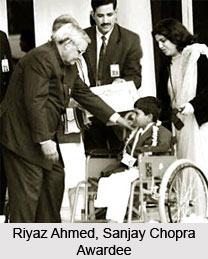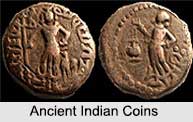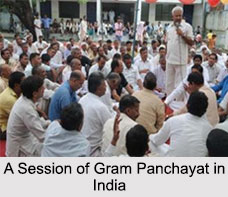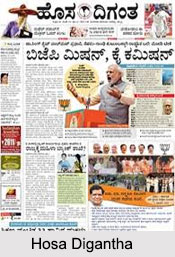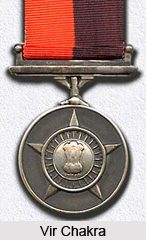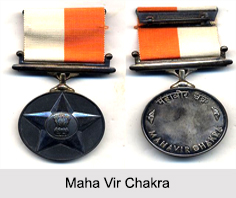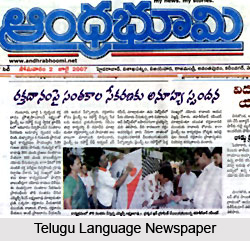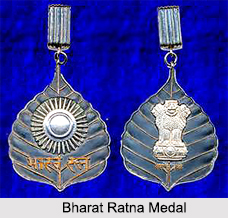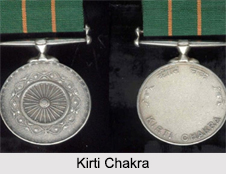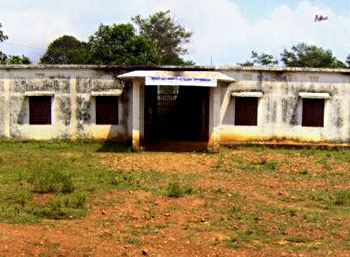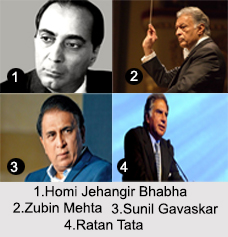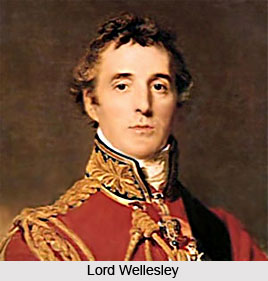 Development of Central Secretariat was a long process in the making, beginning in the pre-independent era. To begin with, the secretariat in India was nothing but the office of the Governor-General known in colloquial Hindustani as Lat Saheb Ka Daftar (Office of the Lord). The Central Secretariat was established at Fort William in West Bengal. It was required to furnish the requisite information for the formulation of policy and to carry out the orders of the British East India Company`s Government. Before 1756, the President and the Council at Fort William transacted all their business in one general department with the help of a Secretary and a few assistants. On the arrival of packets from England the Secretary laid them before the Council for orders and the instructions which, when issued, were conveyed for execution to the authorities concerned. Lord Cornwallis took some steps towards organizing and strengthening the secretariat. His main contribution was to create the office of the Secretary-General (later to be known as the Chief Secretary) in whom was concentrated all powers and responsibility. Lord Wellesley too took a keen interest in reorganizing the secretariat, and his reform proved to be a turning point in the development of the Central secretariat. Under his scheme the work of the secretariat increased considerably in both bulk and responsibility.
Development of Central Secretariat was a long process in the making, beginning in the pre-independent era. To begin with, the secretariat in India was nothing but the office of the Governor-General known in colloquial Hindustani as Lat Saheb Ka Daftar (Office of the Lord). The Central Secretariat was established at Fort William in West Bengal. It was required to furnish the requisite information for the formulation of policy and to carry out the orders of the British East India Company`s Government. Before 1756, the President and the Council at Fort William transacted all their business in one general department with the help of a Secretary and a few assistants. On the arrival of packets from England the Secretary laid them before the Council for orders and the instructions which, when issued, were conveyed for execution to the authorities concerned. Lord Cornwallis took some steps towards organizing and strengthening the secretariat. His main contribution was to create the office of the Secretary-General (later to be known as the Chief Secretary) in whom was concentrated all powers and responsibility. Lord Wellesley too took a keen interest in reorganizing the secretariat, and his reform proved to be a turning point in the development of the Central secretariat. Under his scheme the work of the secretariat increased considerably in both bulk and responsibility.
At the close of the eighteenth century the supreme government consisted of a Governor-General and three Councillors, and the Secretariat of four departments. Each of them was under a Secretary, and there was a Chief Secretary in overall control of them. In 1919, the total strength of the secretariat was 29 to which could be added 17 more officers of the two boards. This number remained unchanged till the outbreak of the Second World War in 1939. The reforms of 1919 brought about a major change in the process of governance. Whereas the secretariat had for so long been functioning as a tribunal of reference and general supervision, the role of the Secretariat now changed from a merely policy formulating, supervising and coordinating agency to that of an executive agency as well. The inauguration of provincial autonomy in 1937 gave further impetus to this trend.
The outbreak of the Second World War accelerated the above process. It threw new and heavy burdens on the Government of India and almost overnight new functions had to be assumed like civil defence mobilization of men and materials for war, food and civil supplies. Since there were no established executive agencies to undertake these new tasks and as the bulk of senior civil service officers in the field and provinces had already been drawn to the secretariat, the Secretariat itself had to undertake these tasks and in doing so trespassed outside the sphere of policy-making into that of executive administration. Another factor which helped the new trend was the fact that there was no settled policy with regard to this new range of functions and the business of improving policies at different points could only be performed in the secretariat.
The Second World War, thus, witnessed rapid expansion of the administrative machinery and big changes in its structuring and functions. The strength of the Governor-General`s Council was increased from 7 to 14 and the number of secretariat departments rose to as many as 19. In consequence, there was a four-fold increase of the central secretariat and the total official strength rose to about two hundred. Post-war there was felt the need for re-organise the administrative machinery and gear it towards performing new tasks. This task was left to the successor Government of the newly independent nation.
The Government of India was still grappling with the post-war problems of demobilisation and reconstruction, when came independence, accompanied by the partition of the country. The combination of the various issues at hand and the need to effectively administer the country led to a marked increase in the number of departments, offices, officers, and clerks. This increase in the requirement of personnel in the secretariat and its offices posed a serious problem of securing adequate personnel of the right calibre and quality. Additional personnel had to be found immediately to cope with the increasing workload. Recruitment standards consequently declined and officers could not be given adequate training. At the same time, unprecedented vacuum in the high ranks of the civil service led to quick and out of turn promotions. It is for this reason that the senior officers of the secretariat, being aware of the relative lack of maturity and experience on the part of the junior officers in-charge of attached and subordinate offices, continued to keep a close eye on the working of the offices and in many cases even assumed the functions of these offices. This trend has continued ever since.





